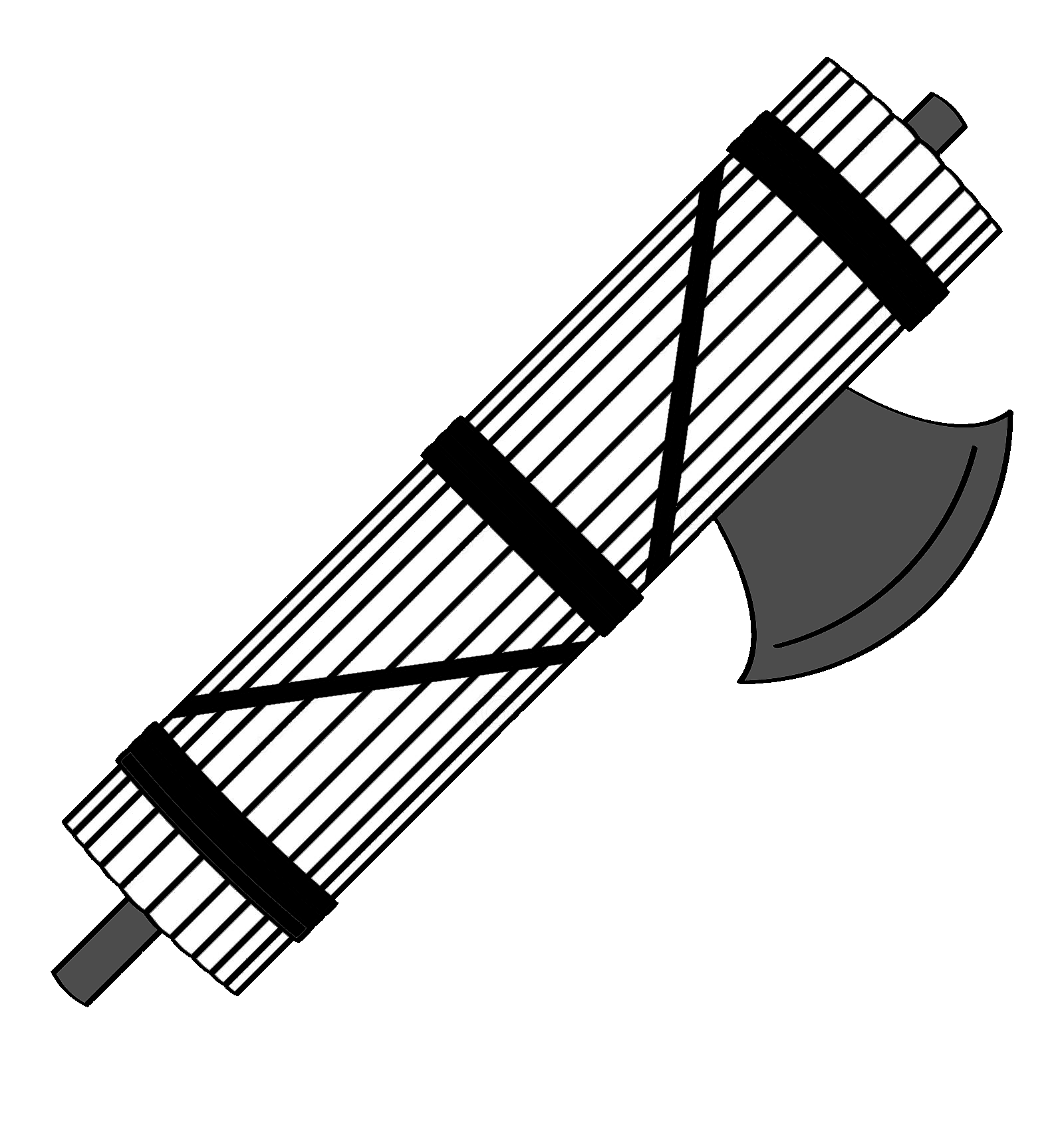Fascicle comes from fasciculus, the diminutive of the Latin word for bundle, fascis. The term is used to describe either bundles of axons within nerves or bundles of muscle cells within muscles (fascicles form the visible grain of a muscle as well as the strings of pot roast that may get stuck between your teeth).
 |
| Six fascicles, each a bundle of axons, seen in a cross-section of a small nerve about 1 mm in diameter. From Wikipedia.com |
In ancient Rome, the fasces (plural of fascis) was the name given to the official insignia of authority: an axe suspended over a bound bundle of birch rods. Through the centuries, fasces became a symbol for solidarity as well (an allusion to the bundle), eventually giving rise to the Italian word for a "united political group", fascio. One such organization, founded in Italy in 1919 by a newspaper editor named Benito Mussolini, was the Fasci di Combattimento, a collection of disgruntled Italian citizens that used the fasces as its logo.
In 1921 Mussolini and his group, by then a full-blown political party, had gained total control of Italy, in part through brutal suppression of the opposition. In the same year the English press, in reference to Mussolin's Fasci organization, began calling members of the movement fascists and its ruthless philosophy fascism. The names stuck.
 A ancient Roman fasces in a bas-relief at the Matte Palace in Rome. From A Dictionary of Roman Antiquities, by Antony Rich, Appelton, 1874. |
 A fasces was on the US dime from 1916-1945. |

No comments:
Post a Comment